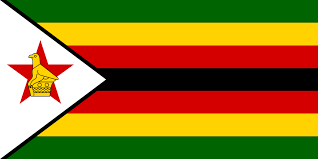DANGERS OF RECKLESS MONEY PRINTING AND INEFFICIENCY: ZIMBABWE 2007
0 comments

Zimbabwe was an apartheid country similar to South Africa.
In the 1980s, after the end of apartheid, Zimbabwe was established as a country.
The new president, Robert Mugabe, was a strong anti-colonialist and decided to evict white landowners, redistributing their land to black farmers.

However, many of these new farmers lacked experience and training in agriculture. Now the law of comparative cost states that efficiency in the economy is maximized when Resources are given to those who can best utilized it.
In the case of Zimbabwe resources were given to farmers who can't maximize output and this action lead to a sharp drop in food production and usually when supply drops with increasing demand prices go up and as a result there was a rise in unemployment, economic mismanagement, and due to the injustice on the white population they got international sanctions, which plunged the country into chaos.
To tackle these challenges, the government started printing money to cover its expenses and try to fix the economy.
Which broke another Economic law of quantity theory of money supply which indicates that money supply should = productivity else price will rise as there are too many cash chasing few Goods.
This reckless printing led to hyperinflation, where prices soared at an alarming rate. By 2008, Zimbabwe's hyperinflation rate raised at an unimaginable 89.7 followed by 20 zeros. The Zimbabwean dollar became practically worthless, and people had to carry huge pile of cash just to buy basic items like eggs. Prices could double within a day, or even within hours.



Comments